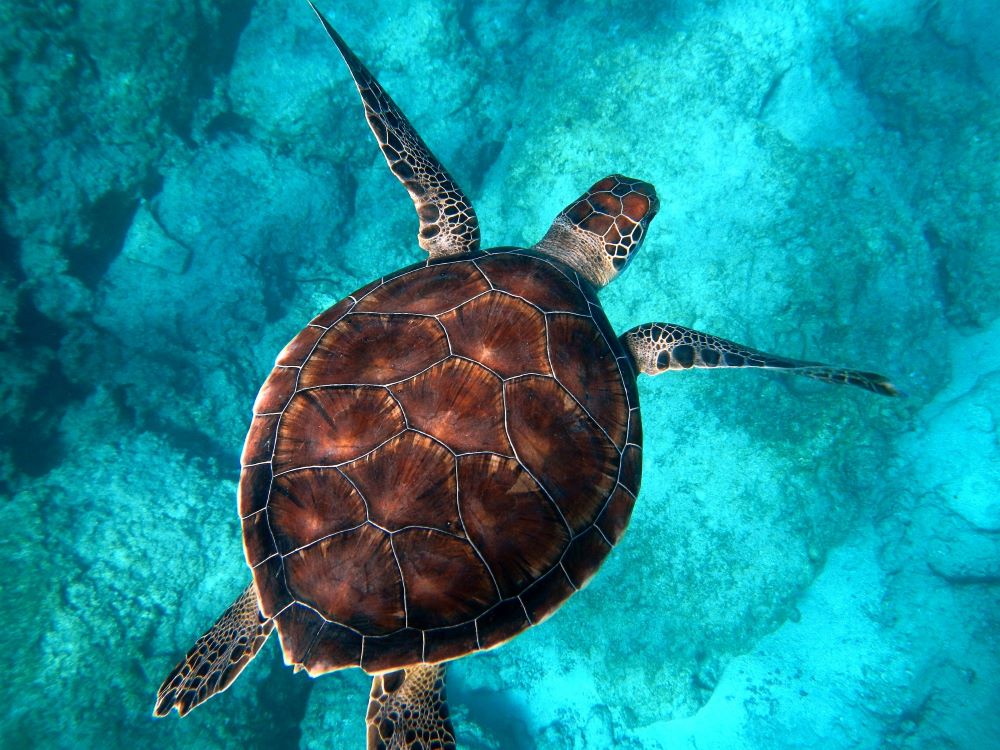The World’s Most Adaptable Species: Surpassing the Possibilities of Extinction

The World's Most Adaptable Species: Surpassing the Possibilities of Extinction
In the realm of evolutionary success, some species have not only survived but thrived across millions of years, adapting to diverse environments and outlasting countless challenges. Here’s a deep dive into eight of the most adaptable species that have surpassed the possibilities of extinction:
1. Ants
Ants are perhaps the ultimate example of social insects that have mastered the art of adaptation through cooperation and specialization:
Social Structure: Ant colonies exhibit intricate social structures with roles defined by caste systems.
Versatile Diet: They adapt their diet to available resources, consuming everything from plants to other insects.
Nesting Habits: Ants build nests in diverse environments, including underground, in trees, and even within human habitats.
Resistance to Adversity: Their ability to withstand environmental changes and recover quickly from disturbances ensures their survival.
Ants’ resilience lies not only in their adaptability to environmental changes but also in their collective intelligence, making them a formidable force in ecosystems worldwide.
2. Cockroaches
Cockroaches are renowned for their ability to thrive in various conditions and survive extreme circumstances:
Adaptive Physiology: They can withstand high levels of radiation, extreme temperatures, and prolonged periods without food or water.
Omnivorous Diet: Cockroaches can consume almost anything organic, adapting to available food sources.
Rapid Reproduction: Their high reproductive rate ensures population persistence even in challenging environments.
Resistance to Pesticides: Evolutionary adaptations have led to pesticide resistance, making them difficult to eradicate.
Despite being reviled by humans, cockroaches’ adaptability and resilience have allowed them to inhabit nearly every corner of the globe.
3. Crocodile
Crocodiles are ancient predators that have successfully adapted to aquatic habitats for millions of years:
Ambush Predation:Their ability to patiently wait for prey and strike quickly is a testament to their adaptive hunting strategy.
Physiological Adaptations: They regulate body temperature through basking and can survive in both freshwater and saltwater.
Long Lifespan: Some species can live for several decades, ensuring their persistence over generations.
Conservation Success: Conservation efforts have helped protect crocodile populations, demonstrating human recognition of their adaptability.
Crocodiles’ ability to coexist with humans while maintaining their ecological roles underscores their adaptability and resilience.
4. Horseshoe Crab
Horseshoe crabs are often called “living fossils” due to their ancient lineage and remarkable adaptations:
Ancient Origins: They have existed virtually unchanged for over 450 million years.
Medical Significance: Their blue blood contains valuable compounds used in biomedical research and pharmaceutical testing.
Habitat Flexibility: Found in both shallow and deep waters, they adapt to varying marine conditions.
Conservation Challenges: Despite their resilience, habitat loss and overharvesting pose threats to their populations.
Their ability to survive mass extinctions and adapt to changing marine environments underscores their evolutionary success.
5. Jellyfish
Jellyfish are gelatinous creatures that have mastered survival in the world’s oceans through unique adaptations:
Reproductive Strategies: They reproduce rapidly, responding quickly to favorable conditions.
Tolerance to Oxygen Depletion: Some species can survive in low-oxygen environments, adapting to changing ocean conditions.
Predation Dynamics: Their ability to prey on a variety of organisms and adapt to different diets contributes to their resilience.
Environmental Resilience: Jellyfish populations can boom in response to environmental disturbances like pollution and climate change.
Their ability to thrive amidst ecological challenges makes them a crucial indicator species for marine health.
6. Nautilus
Nautiluses are ancient cephalopods with distinctive spiral shells and remarkable survival strategies:
Shell Functionality: Their shells provide buoyancy control, enabling them to inhabit various depths in oceans.
Slow Growth and Longevity: Nautiluses grow slowly and can live for several decades, ensuring population stability.
Deep-Sea Adaptations: They inhabit deep waters, utilizing their shell’s gas chambers to regulate buoyancy.
Conservation Concerns: Overharvesting for their shells and habitat degradation threaten their populations in some regions.
Their evolutionary strategies highlight their adaptability to deep-sea environments over millions of years.
7. Sharks
Sharks are apex predators in marine ecosystems, renowned for their predatory prowess and adaptive capabilities:
Ecological Role: They maintain balance in marine food webs by preying on weaker species.
Physiological Adaptations: Their streamlined bodies and keen senses make them efficient hunters.
Diverse Diets: Sharks have adapted to feed on various marine organisms, from fish to marine mammals.
Global Distribution They inhabit oceans worldwide, adapting to different temperature ranges and marine habitats.
Sharks’ resilience to environmental changes and conservation efforts are crucial for maintaining marine biodiversity.
8. Turtles
Turtles are ancient reptiles that have adapted to both terrestrial and aquatic environments with remarkable success:
Shell Protection: Their shells provide defense against predators, contributing to their survival over millions of years.
Life History Strategies: They exhibit diverse reproductive strategies, adapting nesting behaviors to different environments.
Habitat Diversity: Turtles inhabit freshwater, marine, and terrestrial ecosystems, adapting to varied conditions
Conservation Challenges:Habitat destruction, pollution, and poaching threaten many turtle species globally.
Turtles’ ability to navigate diverse habitats and adapt to environmental changes underscores their evolutionary resilience.
Conclusion
These eight species exemplify the extraordinary adaptability that has allowed them to survive and thrive across diverse habitats and challenges. From social insects to apex predators and ancient marine creatures, their evolutionary strategies offer valuable insights into resilience in the face of environmental change and human impact. Understanding and protecting these species are crucial not only for their intrinsic value but also for maintaining biodiversity and ecological balance on Earth.









